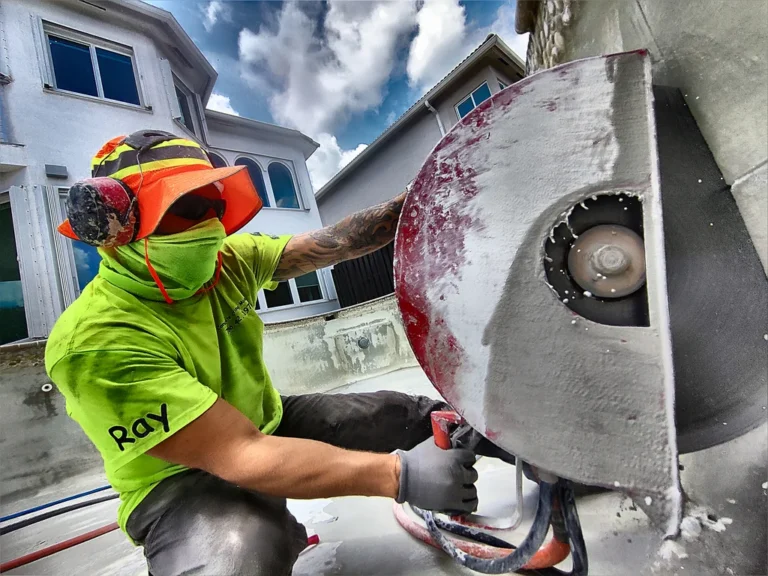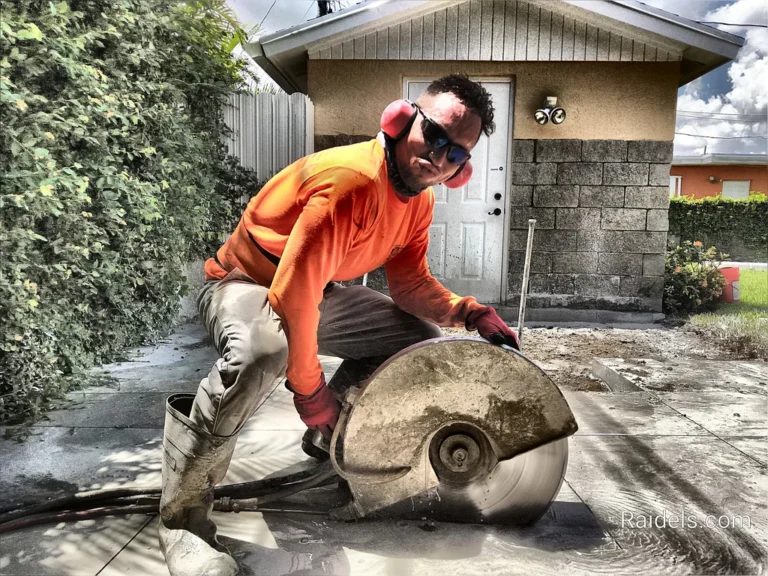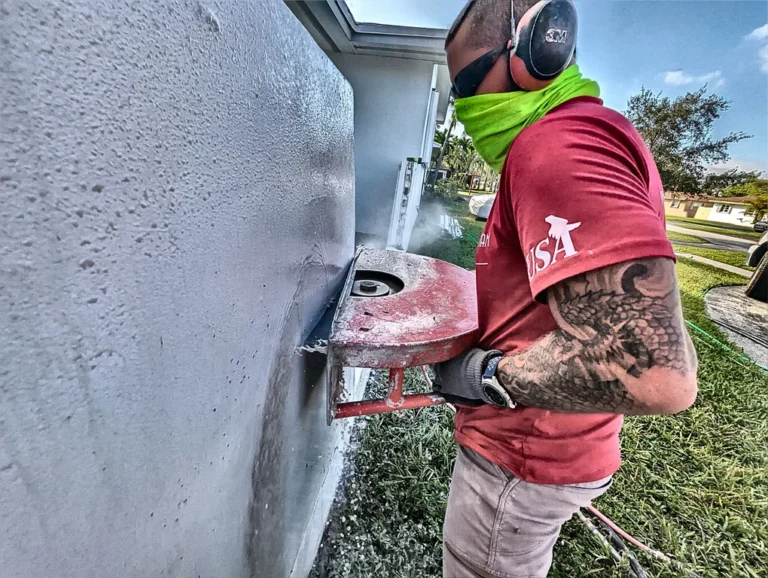When it comes to cutting concrete, there are two methods to choose from: wet and dry. Both have their pros and cons, and the choice between them ultimately depends on the specific job and the tools available. In this article, we will examine the advantages and disadvantages of each method to help you make an informed decision.
???? Wet Cutting
Wet cutting is the process of Cutting Concrete with water being continuously poured onto the blade and concrete surface. This method has several benefits that make it a popular choice among concrete contractors.
Firstly, wet cutting produces less dust. Dust is a major issue when cutting concrete, as it can be harmful to your health and the environment. By cutting with water, you reduce the amount of dust that is produced, making it a safer option.
Secondly, wet cutting helps to cool the blade. Concrete cutting generates a lot of heat, which can cause the blade to overheat and even become damaged. By using water to cool the blade, you can prevent this from happening and extend the lifespan of your tools.
Finally, wet cutting can reduce the risk of cracking or chipping in the concrete. This is because the water helps to lubricate the blade and reduce friction, which can cause stress on the concrete and lead to cracking.
Despite these benefits, there are also some drawbacks to wet cutting. Firstly, it can be messy and requires access to a water source. This can make it difficult to use in certain locations, such as indoor spaces. Secondly, it can be time-consuming, as the water needs to be constantly poured onto the blade and concrete surface.
???? Dry Cutting
Dry cutting, as the name suggests, is the process of cutting concrete without the use of water. This method has some advantages that make it a popular choice in certain situations.
Firstly, dry cutting is more convenient and faster than wet cutting. As there is no need for water, you can start cutting right away and don’t need to worry about making a mess.
Secondly, dry cutting is more suitable for indoor spaces, as there is no need for a water source. This makes it a good choice for jobs that need to be done in areas with limited access to water.
However, there are also some disadvantages to dry cutting. Firstly, it produces more dust than wet cutting. This can be a problem if you’re working in an enclosed space or if you’re concerned about the environment. Secondly, dry cutting can cause the blade to overheat and become damaged. This is because there is no water to cool the blade, which can lead to decreased blade life. (Concrete Cutting Miami does not cut dry)
???? The Verdict
So, which is better: wet or dry cutting? The answer is not a simple one, as each method has its own benefits and drawbacks.
Wet cutting is generally considered to be the better option, as it produces less dust, helps to cool the blade, and reduces the risk of cracking or chipping in the concrete. However, it can be messy and requires access to a water source, which makes it unsuitable for certain jobs.
On the other hand, dry cutting is more convenient and faster than wet cutting and is more suitable for indoor spaces. However, it produces more dust and can cause the blade to overheat.
In the end, the choice between wet and dry cutting depends on the specific job and the tools available.
At Concrete Cutting Miami, we are the number one demolition and Concrete Cutting Company in South Florida, and we have extensive experience with wet cutting methods. Whether you’re looking to cut concrete for a renovation project or a demolition job, you can count on us.



